💿My Phonographic Memory: Tracing the Tracks of My Years
If your life is a record, how does it track? Like vinyl, it's got a specific beginning and a definite end. How the tonearm makes its inevitable rendezvous with the label is kinda up to you! Requests?
From an idea by, and invitation from Chris Bro, “It’s called (maybe) My Life With Music. Your musical journey, start with young - with what your parents listened to, to grade school, HS, College. Etc.”
Chris posted excerpts of my portion of the article (which is expanded here on FRONT ROW & BACKSTAGE) in late April on his
:So, with that as my guide, I unfolded my vinyl map! Many thanks to of The Vinyl Room, for his friendship, plus his inspiration and encouragement to tear the roof off this sucker! I think I did that. Enjoy!
At the dawn of the 4th anniversary of FRONT ROW & BACKSTAGE and BEHIND THE ASTROS DUGOUT (August 4, 2025),
, was kind and generous enough to interview me, and published the 2-part interview on his Substack:An Interview with Brad Kyle, Part 1: The Early Years
and
An Interview with Brad Kyle, Part 2: We Play What Radio Didn’t
….In the Vinyl Analysis
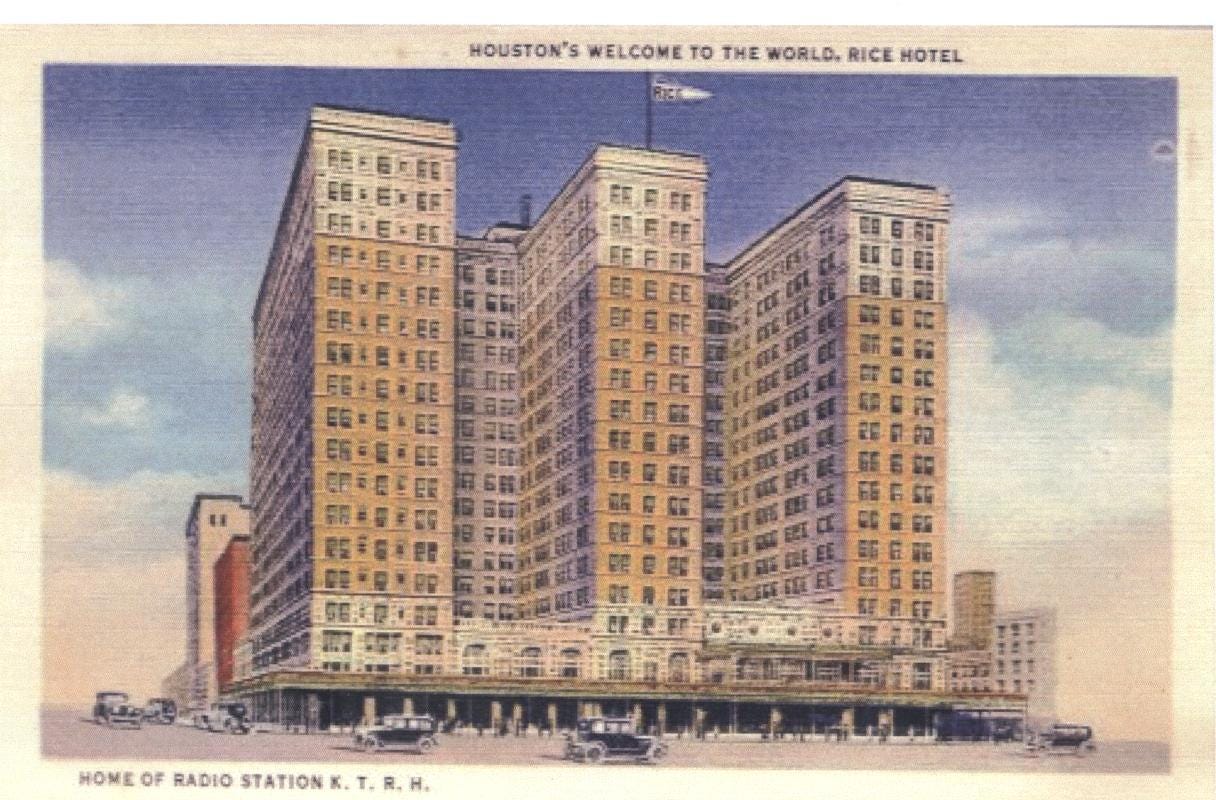
I was born March 18, 1955, in Houston, TX, just 10 1/2 months after my brother, Clint. “Irish twins” I think they call it! Mom said she found out what caused it, and stopped! Dad was a jazz aficionado, and a local radio station ad sales exec, selling commercial air time for KULF, KTHT, and, ultimately, KTRH, the longtime CBS-owned talk/news, clear-channel, 50,000 watt AM-er in Space City.
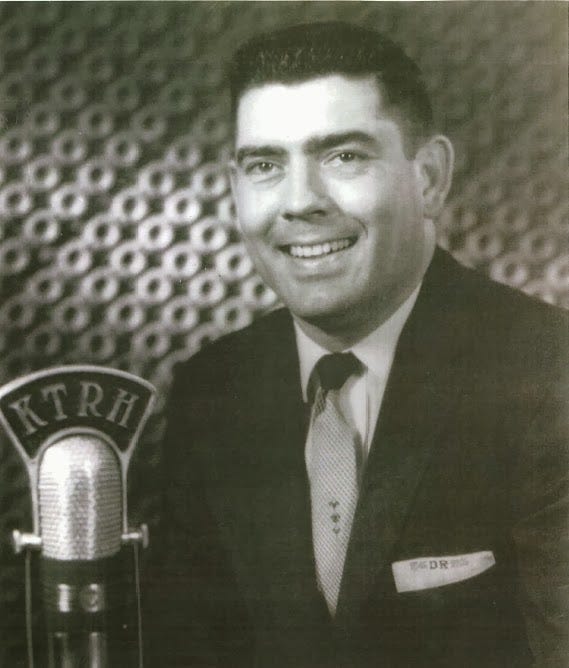
The first music I likely heard, in infancy, was big band, in the form of albums (or 78s) by Tommy or Jimmy Dorsey, Benny Goodman, Duke Ellington, Count Basie, and vocalists like Frank Sinatra, Peggy Lee, Sarah Vaughan, and Ella Fitzgerald. Dad had amassed some 20,000 LPs and 78s, and had custom-made wall-to-wall, floor-to-ceiling cabinetry to contain ‘em all! Music was ubiquitous at 5231 Beechnut St. in Houston!
I do remember, early on, hearing that Mom and Dad’s “theme song” (played at their early-’50s wedding) was “I Only Have Eyes For You,” written by composer Harry Warren and lyricist Al Dubin. A guess would be that the one most likely played on Dad’s “vic” (as he called it, short for Victrola, as in phonograph maker, RCA) was the original version from the 1934 film musical, Dames, as sung by Dick Powell (with Ruby Keeler):
My first real record that made it to my tiny hands might’ve been a red-colored vinyl Bozo the Clown album, perhaps sometime in kindergarten! I most likely had a small, travel-sized record player that you could clasp-close and carry.
The album had a picture-booklet bound inside the thick cardboard jacket. I can’t remember the title or the storyline, but it probably looked something like this Bozo Has a Party, 1952, Capitol Records (click here if YouTube video not showing up):
February 9, 1964 (I was 6 weeks away from my 9th birthday)…this happened, and I was sitting right in front of the TV!:
That Beatles performance changed everything…for 8-year-old me, as well as hundreds of millions of others that followed! Dad’s radio gig allowed him to snag any number of promo albums from various labels’ regional reps, and bring ‘em home he did! As they were released, homeward-bound were the Capitol promo Beatles albums!
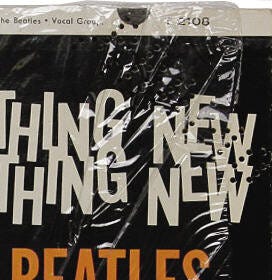
The late-’60s kept me focused on the teenybop/bubblegum scene (I was 13 in ‘68), with help from the teen mags (Gloria Stavers’ 16, Chuck Laufer’s Tiger Beat, and Flip), and whatever Top 40 hits were in rotation on Houston’s KILT-AM radio (which I made sure was tuned in whenever Mommy took me places)!
A key memory is taking dance lessons at SW Houston’s Meyerland Country Club (we were members). We’d swim in their pool most days in the summer, and had Sunday dinners there, sometimes. For the dance classes, we’d learn popular dance crazes of the day….The Jerk, The Frug, et al (The Grass Roots’ “Midnight Confessions” was a 1968 favorite of mine for these), plus, we’d practice the ever-reviled close dancing!
“Midnight Confessions” was written by Lou T. Josie and originally recorded by the Ever-Green Blues the year before (1967) on Mercury Records. Josie produced it under the name, Jimmy King. It’s never occurred to me before to look up just who wrote it!
The Grass Roots saw no reason to stray far from the original arrangement (except slow it down a tad!), including the punchy horn charts, which may have started a trend….long a staple for R&B, Motown and Spector recordings, maybe here is where horn arrangements found a new home in the closer-to-rock (but, no less pop-side melodic) sounds!
Also, a big influence on me, musically, was The Monkees. As the “Pre-Fab Four,” they were a perfect “stepping stone” from The Fab Four. Being on Colgems, Monkees albums were some of the few LPs I actually had to go buy at the “five-and-dime” (Dad was never visited by the Colgems rep at the station, I guess)!
In 1968, as an 8th grader, I sat behind Jan Castleberry in home room at Johnston Junior High. She was the Houston chapter president of The Monkees Fan Club. One nifty prize I acquired from her was a Mickey Dolenz lock-of-hair button that looked exactly like this:
of A Bin Full of Tissues recently wrote an excellent piece on The Monkees which seems to accurately trace a similar musical path as I experienced with Peter, Davy, Mike’n’Mickey, growing up:Plus, in that general 1968-1970 time frame, Dad was bringing home the Warner Bros./Reprise Records (and subsidiaries like Zappa’s Straight and Bizarre) promo debut albums by acts like Black Sabbath, Alice Cooper, Jethro Tull, early Frank Zappa, The Fugs, Captain Beefheart, The GTOs, and, the label debuts of such future Rock Hall-of-Famers like Joni Mitchell, Neil Young, post-Apple James Taylor, and so many more! For an early-high-schooler, it was pretty heady (and occasionally, quite inappropriate-for-minors) stuff!

But, we were regular church and Sunday School goers, so that upbringing helped keep me from being a self-satisfied godless heathen!
It was about 1971 when I joined an already-rolling rock band based at Bellaire High School in SW Houston…the previously-5-piece Brimstone. I was lead singer, and having learned the flute by ear (listening to Ian Anderson’s playing on Jethro Tull albums), played flute solos on several of our cover songs. That story’s here (it was an exclusive to paid subscribers, hence the paywall…feel free to join them as paid subscribers!):
Early ‘70s, Prog Rock Emerges
It was around this time (1971…I was 16, and a high school sophomore) when I started discovering, and really enjoying, the bands that came out in what was later called “progressive rock” and even “classic rock”: Jethro Tull, Genesis, Alice Cooper, Black Sabbath, Doobie Brothers, The Kinks, The Beach Boys…with the notable exception of Genesis, these bands were all quite noticeably on Warner Bros. or Reprise Records…all coming in the door in Dad’s hands from the radio station!
Go behind the scenes at 3300 Warner Blvd., Burbank…‘70s-era Warner Bros, and The job Dr. Demento had before he was Dr. Demento:

The Radio Influence: “A Newer Sound For 35 and Down”
Two college radio stations followed my high school graduation: N. Texas State University in Denton, TX’s KNTU-FM (1973-74), and the U of Houston (1974-75), KUHF-FM. I now had access to virtually every album and single released, even by “minor” labels!

Two more years, this time in commercial “progressive rock” radio, followed: Part-time at then-CBS-owned KLOL-FM (1975-76), and FM 102, WFMF/Baton Rouge, LA, with a nightly 7-to-midnight shift from 1976 to 1977:
Needless to say, those gigs informed my musical favorites, as I was spinning far more records in those jobs than I ever would at home!
The Retail Wars
I moved back to my Houston hometown following my Baton Rouge radio run. I immediately landed a retail job at the city’s largest retail outlet from 1977 through January 1980: Cactus Records (H.W. Daily Co.), starting at their SW Houston Post Oak location, then, closer to downtown, at their location on Shepherd.
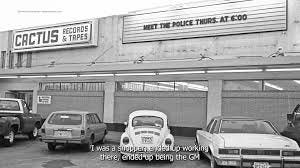
Starting at about the 1:15 mark of this video (click here to view on Facebook), you’ll see B&W photos from the late-’70s era when I worked at Cactus Records on Shepherd St. near downtown Houston (selling new releases only, no used records). The vastness of the store can be imagined simply by the several-yard length of the tape wall, housing our cassette collection (as seen in the video)!

The color shots (in the above-linked video) are taken at another location where the now-Cactus Music is located. They must have moved from the Shepherd location I worked at sometime in the ‘80s, perhaps. The current store (which incorporates both new and used records) appears much smaller than the wood-walled wide-open spaces of my ‘70s experience!
All of that experience coincided with both the disco boom and punk’s explosion, and each provided new favorites that joined my ever-growing record collection….the collection that I drove (with a friend of my mom’s) in a U-Haul truck (with my car towed behind) to L.A. in January 1980.
With my retail experience in Houston, I was able to easily secure a job at the Glendale location in the large Music Plus Records & Tapes chain. I quickly became an assistant manager, and also worked, for a few months, in their Pasadena location.
Glendale is partially in the San Fernando Valley in the greater L.A. area, next door to Burbank. At separate times, three celebrities wandered into the Glendale Music Plus while I was assistant manager.
One was Peter Bonerz (now 86, and shown above with Bob Newhart, late-’70s), who had just finished playing orthodontist Dr. Jerry Robinson on the CBS-TV sitcom, The Bob Newhart Show (1972-78). He briefly perused the classical section. I think I approached, and without letting on that I recognized him, I greeted him with a jauntier-than-usual “Hi! Help ya find anything?”
Second (and, I can almost pin-point the day, due to his career highlights!), Rick Springfield came in, and was browsing some doo-dads and bric-a-brac we had in a display case by the register (where I was stationed). His Working Class Dog album was released by RCA Records in February 1981, so his visit easily pre-dated that by, at least, a few weeks!
Post-release (and the climbing up the charts “Jessie’s Girl” hurriedly shimmied), it’s likely he never set foot again into our store (not without an entourage of a sort, or at least a friend or two)!
He recorded the album (Rick produced, with Bill Drescher and Keith Olsen) at Sound City Studios in nearby Van Nuys, just a couple suburbs west of Glendale; I’m betting he was on his way back home after a recording session when he stopped by the store.
According to a 2007 SOAPNet Soapography, Springfield had already recorded Working Class Dog (which neither he nor his agent had expected would do very well), which is why he took the General Hospital ABC-TV daytime soap opera role. But, “Jessie’s Girl” went to #1, and Springfield ended up playing the role of Dr. Noah Drake from 1981 to 1983, while simultaneously going on tour with his band! The success of the song boosted the ratings of the show which, according to Springfield, “became the biggest show on TV for that summer!”
“Hi! Has anyone ever told you you look like Rick Springfield?” Aside from being, likely, stunned at being recognized (again, that would all change in the turning of a calendar page), I think he appreciated my humorous approach, avoiding, as I did, the hackneyed, “Hey! Aren’t you………?”. Small talk ensued, and I may have told him I had (and enjoyed) his previous three albums on Capitol, Columbia, and Chelsea Records!
A “Jessie’s Girl” demo, possibly given a run-through at Sound City before tape rolled on the album:
The third Music Plus visitor was Randy Rhoads, the diminutive guitarist, of whom I was aware from a couple of Quiet Riot albums we kept in our import section…the band’s CBS/Sony albums were, at the time, only released in Japan and a couple other countries…but, not in America. That would eventually change. Randy visiting Music Plus…that story is here:
Rhoads Scholar, 1980: My Friend Took Lessons From Guitarist Randy Rhoads
In January 1980, at 24, I moved from my Houston hometown to Los Angeles; N. Hollywood, more specifically, aka “The Valley” soon to be made famous in a song by Moon Unit Zappa 2 1/2 years later ("Valley Girl"). I landed in a small apartment complex in N. Hollywood near the corner of Vineland and Burbank Boulevards.
I left Music Plus in late 1983 to enter college (again) as a 28-year-old sophomore. I felt a career change a-brewin’, so I attended Concordia University in Irvine, CA (Orange County) to get my B.A. as a Director of Christian Education (DCE) in the Lutheran Church-Missouri Synod.
I grew up in the Lutheran Church, as did Randy Rhoads. I had just spent a couple years as a part-time volunteer youth minister at a Lutheran church in Burbank, just a few miles from Randy’s boyhood First Lutheran Church/Burbank!
My search for new favorite music continued, and of course, continues apace today! There are some 500 articles FRONT ROW & BACKSTAGE, many of them colorfully tracking the music throughout all of my life, including songs and artists from the 1960s, ‘70s, and 1980s all the way into the 21st century!
And many, of course (like this one), hint at the glorious past:




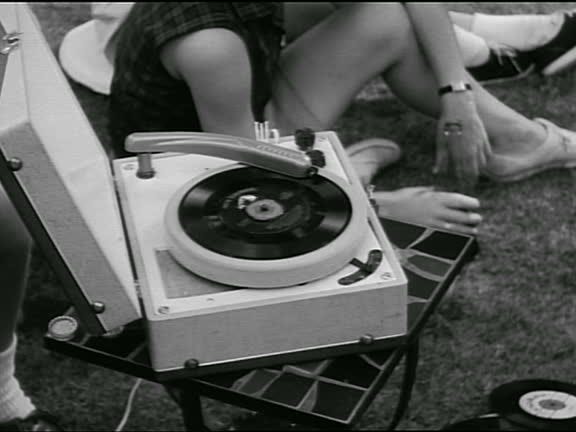
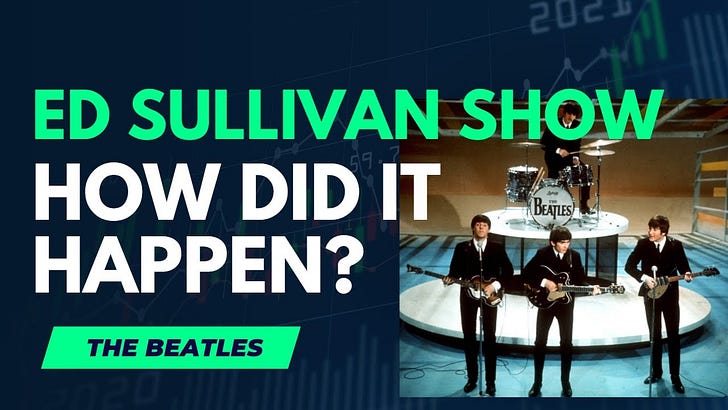
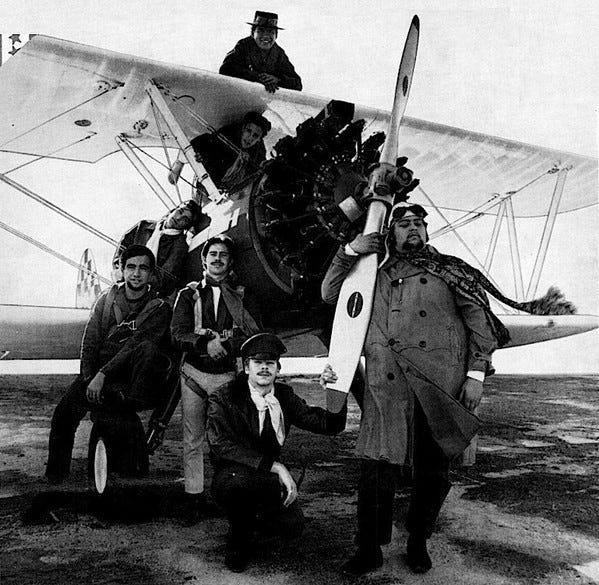
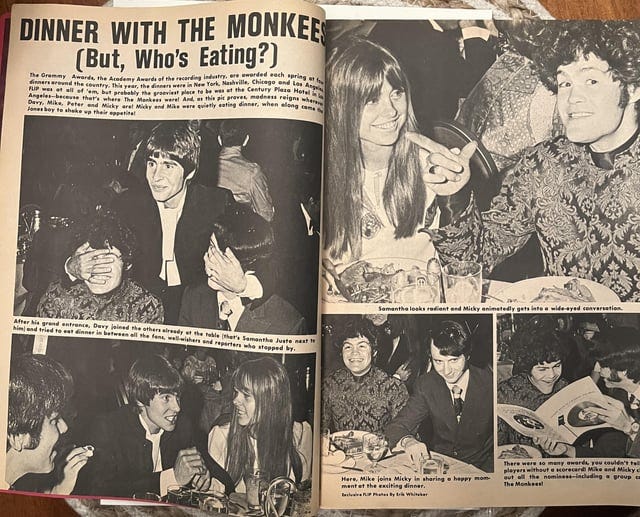
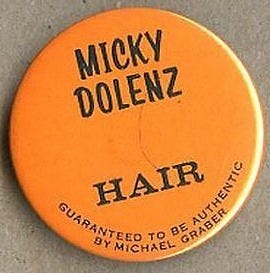





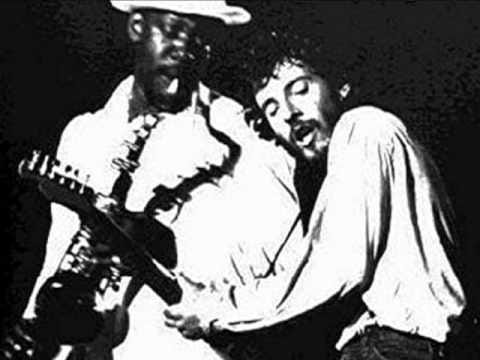






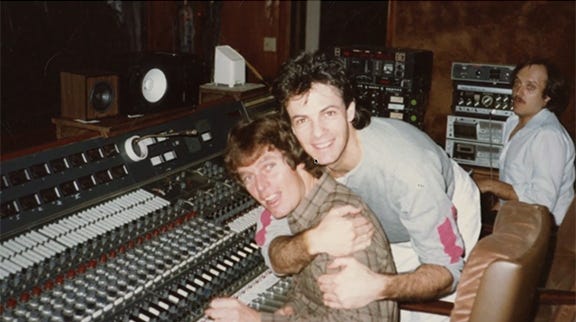


My friend, this was a gift to be able to walk down Memorex tape lane. Love it!
That's awesome, thanks for sharing your story Brad! I have to say though, that Bozo the clown album cover is terrifying 🤡